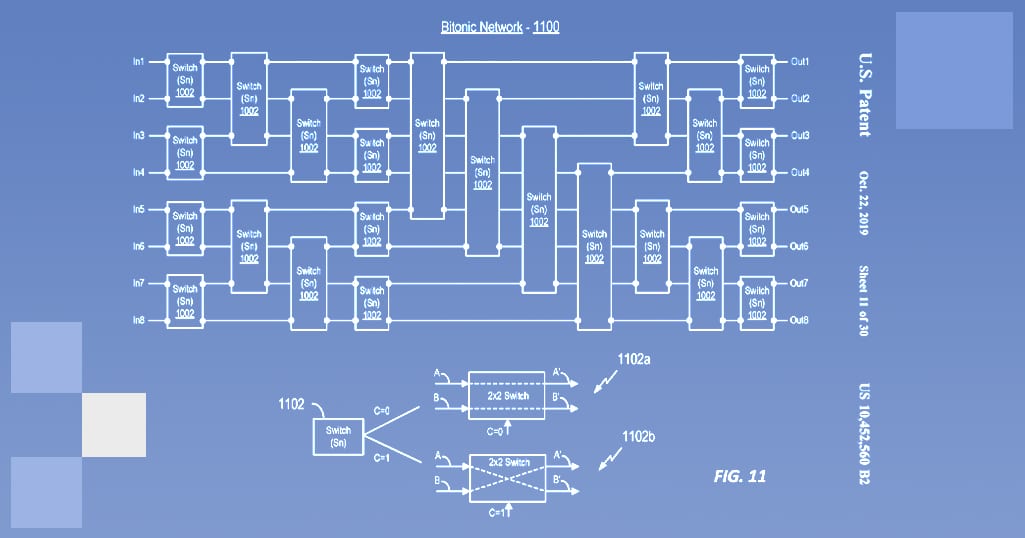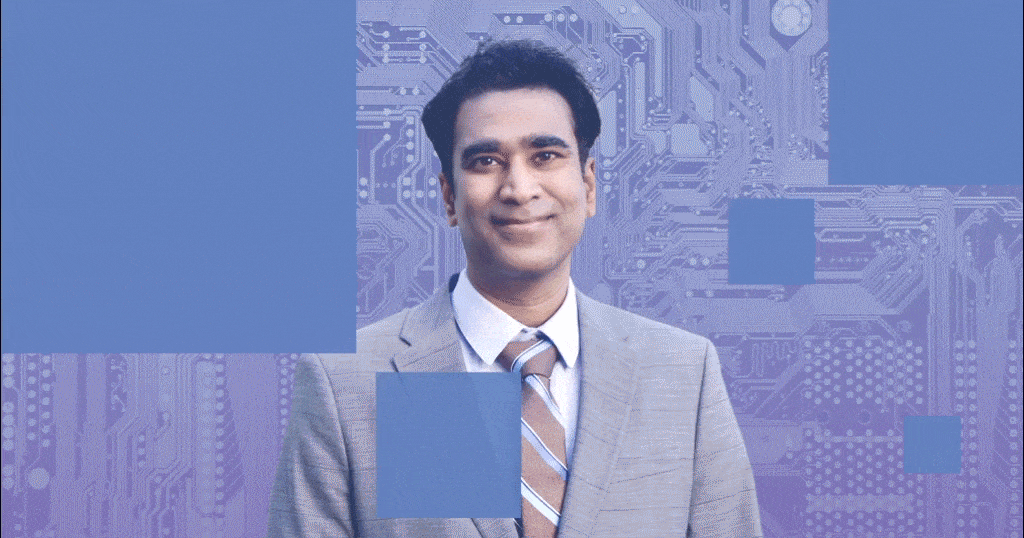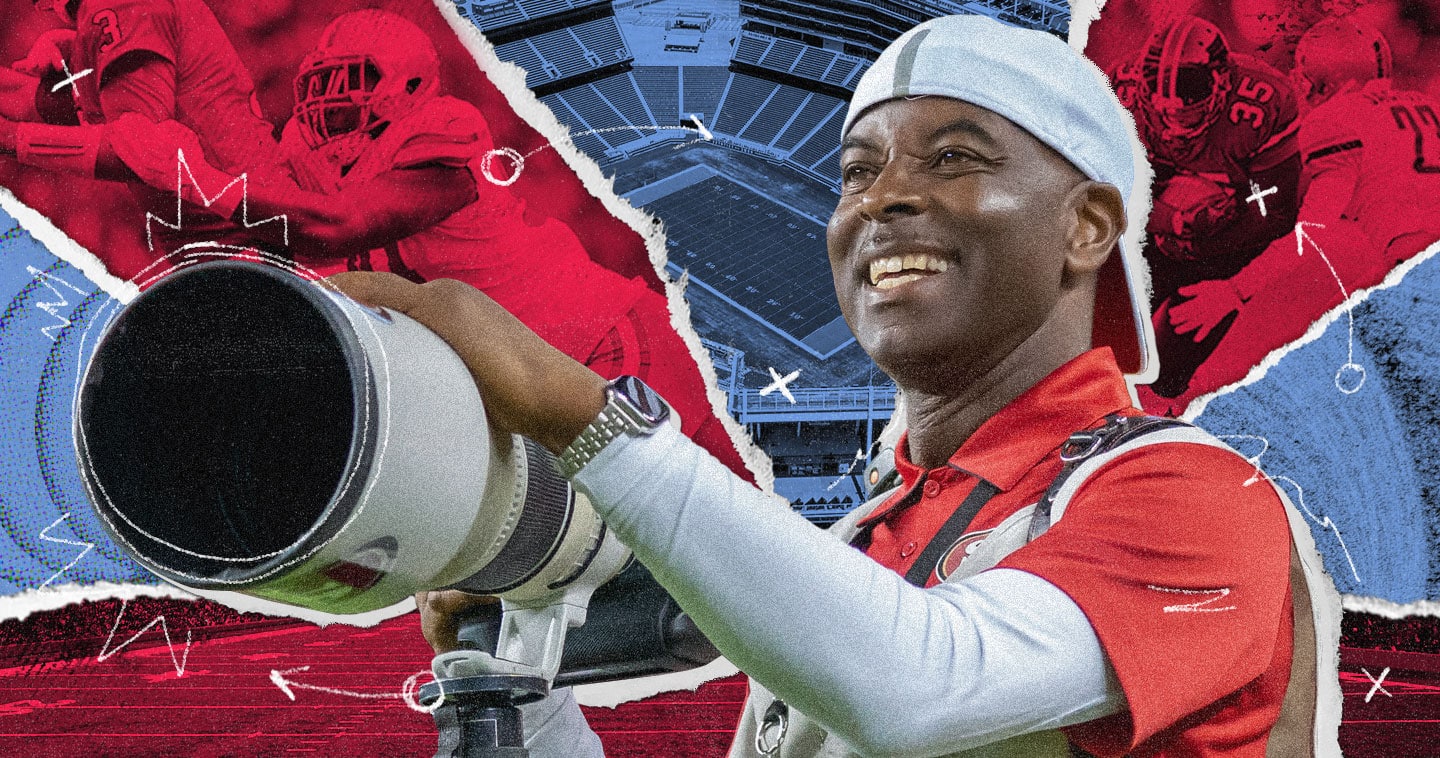It’s common for fellows or distinguished engineers to dedicate their careers to advancing a specific technology. But the path of Dr. Kiran Gunnam, distinguished engineer for machine learning and computer vision at Western Digital, couldn’t be more different.
Dr. Gunnam is a prolific inventor across a fantastic breadth of technologies. He is the primary contributor to nearly 100 patents ranging from space docking technology to robotics and next-generation memories. His groundbreaking algorithms have been incorporated in more than 3 billion chips (and counting). He has served as an IEEE and ACM distinguished speaker and has recently earned the ValleyML Distinguished Technical Achievement Award for his significant contributions to advanced computing.
But among his many accolades, perhaps what best describes Dr. Gunnam’s career is a prodigious track record of solving complex problems in novel ways.
A life-changing move
While born into a family owning agricultural land in southern India, Gunnam was more fascinated in learning about the seemingly magical workings of electronic gadgets. His high school years in the early 90’s coincided with when India started opening up to global technology and markets.
Gunnam became a diligent student. But he was also an excelling one.
With top GRE scores and strong recommendations from his professors at Jawaharlal Nehru Technological University, Gunnam set his eyes across the ocean. He didn’t know exactly what he wanted to do as an engineer, but he knew he wanted to be among the greatest inventors and opportunities.
His excellent grades, outstanding signal processing-related projects, and unmistakable intellectual curiosity earned him a seat in the graduate program at Texas A&M University (TAMU), one of the top-ranked engineering schools in the U.S. Little did he know how this move would change his life.
The whiz kid
Even at TAMU, Gunnam stood out from other graduate students. He was handpicked by John Junkins, a distinguished professor of aerospace engineering and one of the U.S.’s top experts on spacecraft navigation, to work on one of his projects.
“He needed a person who could work on signal processing algorithms and communications,” said Gunnam of his role.
Overnight, Gunnam, the fresh immigrant and academic rookie, teamed up with some of academia’s most revered researchers.
“Unknowingly, I was put into that top league. When you’re surrounded by talented people, you try to improve yourself to reach their level,” said Gunnam.
Over the next few years, the team would develop an extremely accurate positioning technology for aerial refueling and autonomous space docking based on computer vision and electro-optical sensors. A technology adopted by NASA and several aerospace companies.
The project would shape Gunnam’s career. The experience taught him how to approach a problem from an interdisciplinary perspective and what methodologies could drive his ideas forward.
Choosing the right problem
After his initial success contributing to the aerial docking project, Gunnam continued to do his Ph.D. studies at TAMU under the guidance of electrical and computer engineering Associate Professor Gwan Choi.
During this time, Low-Density Parity-Check (LDPC) codes were emerging as a new way to approach error correction codes in data transmission and storage. The theoretical possibilities of LDPC codes had academia in a whirlwind of excitement. But Gunnam identified a practical problem: LDPC codes were power hungry and expensive to implement.
“This is one of the most important things I learned from my experience at TAMU: selecting the right problem to work on is key to success,” he said.
In his Ph.D. work, Gunnam invented the industry’s most advanced Low-Density Parity-Check (LDPC) decoder technology. He shrunk the area and power needed to power LDPC decoders by a phenomenal 75%.
The breakthrough opened new storage and wireless communication systems design opportunities and has been incorporated in more than 3 billion data storage, Wi-Fi, and 5G chips.
Gunnam proved his initial success wasn’t haphazard. He was a brilliant technologist capable of novel ideas.
Solving riddles
From TAMU, Gunnam went on to work at multiple companies, including Intel, Marvell, LSI, and NVIDIA. At each place, he and his teams solved an enigmatic puzzle between hardware and software, pioneered new products based on his groundbreaking TAMU LDPC technology, and regularly left a trail of patent applications.
In 2014, he joined the research team in Western Digital’s CTO office, which took him back from solving product challenges to solving technology ones.
For Gunnam, this career move symbolized something more significant.
“There are only a handful of companies in the world doing applied research at scale, and Western Digital is one of them. As a young student in India, I did not expect that I would one day be working as part of world-class research and advanced development team in the U.S.,” he reflected.

Next-gen memories
At Western Digital, Gunnam was introduced to new memory technologies such as storage class memory (SCM).
SCM is a bucket term for a class of technologies between NAND flash and DRAM. There are all kinds of candidates for SCM, like MRAM, ReRAM, and PCRAM, and they each come with a handful of challenges that have kept them from wide adoption.
Gunnam was asked by the CTO team to work on one such real-world problem: wear leveling.
In flash memory devices, data is moved around the memory chip so that it is written evenly across the device, preventing NAND cells from overuse and premature wear. Then, a table-based method is used to map and track where data is stored (a little bit like an Excel file).
However, this method doesn’t work for SCM. “In SCM, you are writing at a much smaller granularity than flash, almost byte-addressable. Maintaining a table for this much data would create a huge storage overhead and would require more RAM to make it quickly accessible,” explained Gunnam.
Gunnam, who had little previous knowledge of SCM technology, studied the problem carefully and did what he did best. He came up with an entirely new approach.
He and a team of engineers found a way to represent the table data in small mathematical functions. Then they used a small circuit with a few thousand gates to generate each function.
The solution was brilliant. But keeping track of what equation was used for what data also required more algorithmic, firmware, and hardware innovation.
“The major challenge was to understand how to approach the issue, what set of mathematical and engineering tools to use, and how to simplify the problem,” he explained.
By the time the team succeeded in creating a new class of low-latency SCM wear leveling, the project had accumulated more than a dozen patents.
The power of pondering
Today at Western Digital, Gunnam has gone full circle to the technologies that kicked off his career: computer vision and autonomous systems.
Gunnam is part of a team building domain-specific accelerator architectures where he continues to prove how novel ways of co-optimizing algorithms, software, and hardware can beat current solutions by several magnitudes.
“When approaching a technological problem, it is important to know existing methods and have a grasp of state-of-the-art technologies. But it is even more important to give a fresh examination to the problem rather than trying to think in the same mold,” said Gunnam.
While there’s no recipe for brewing a great inventor, Gunnam says taking time to ponder, using his intuition, and the rigorous, structured experimentation methodologies he learned at TAMU have served as the philosophy behind his resonant career. A career of solving the right problems in novel ways.



